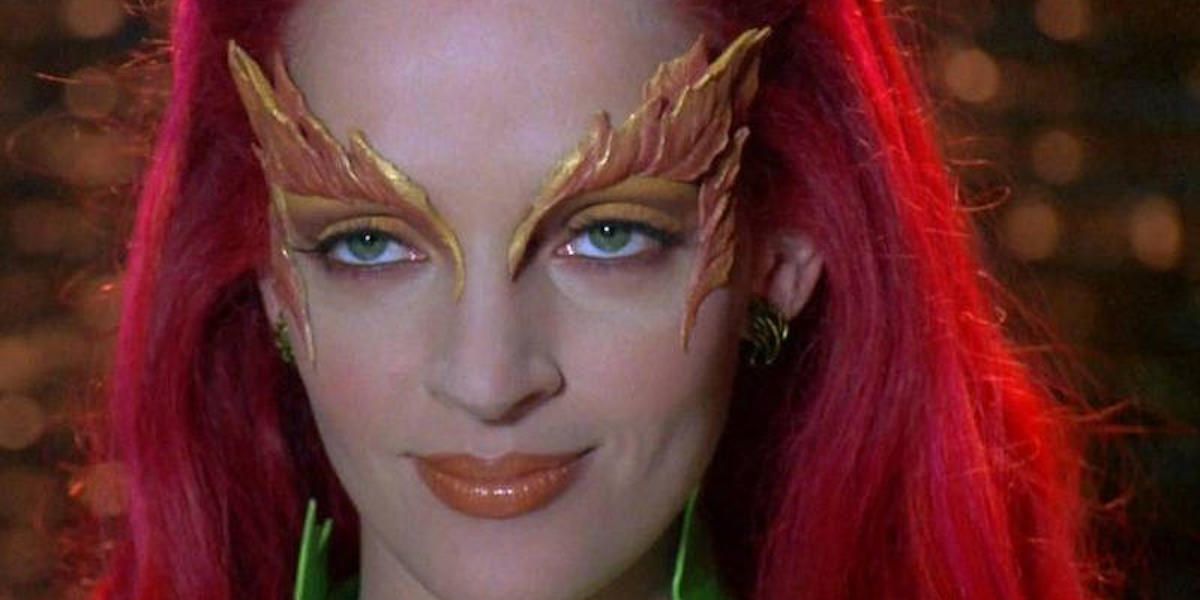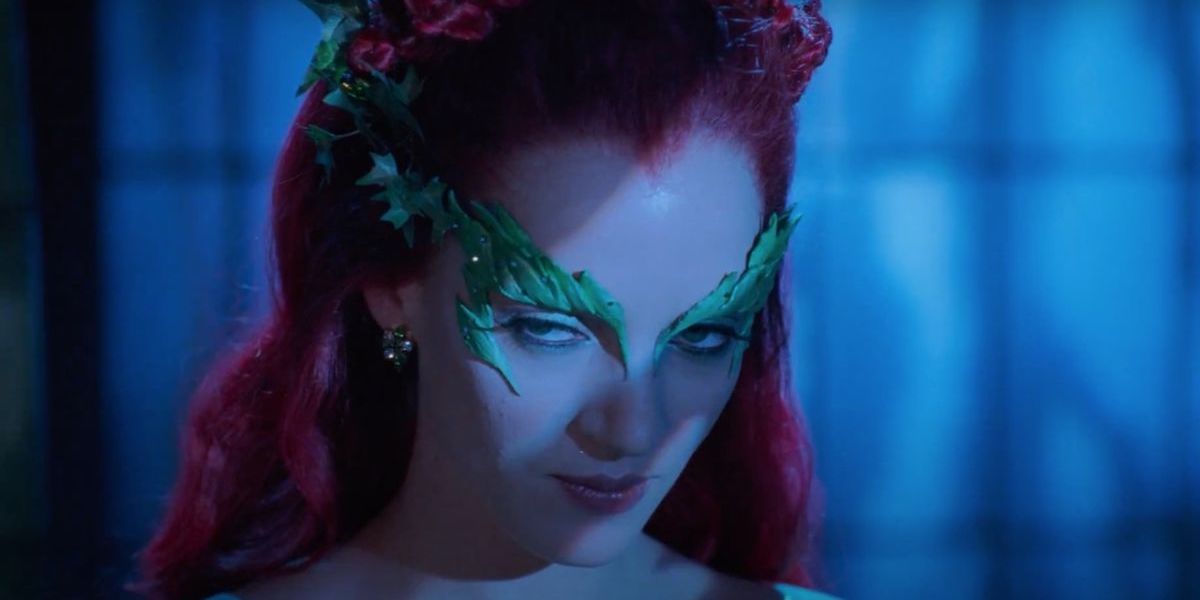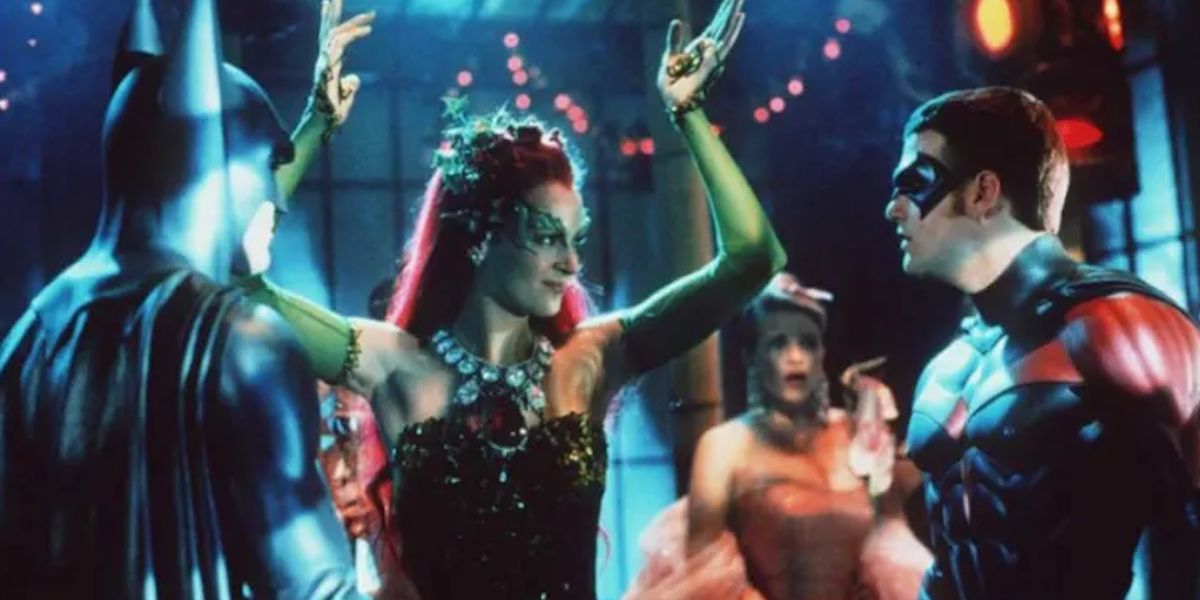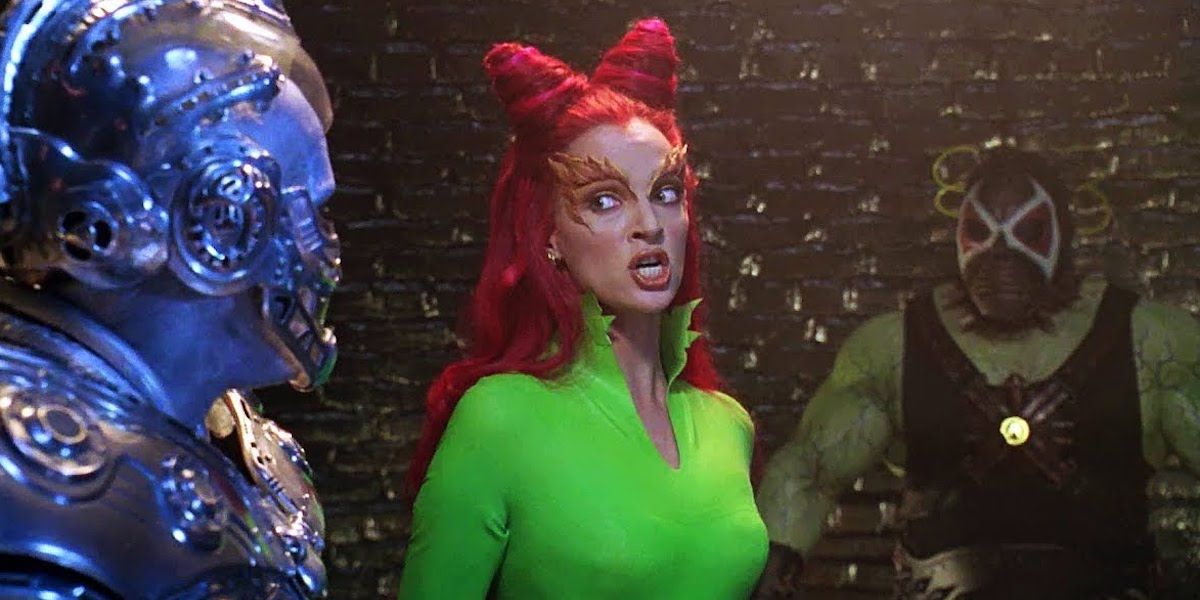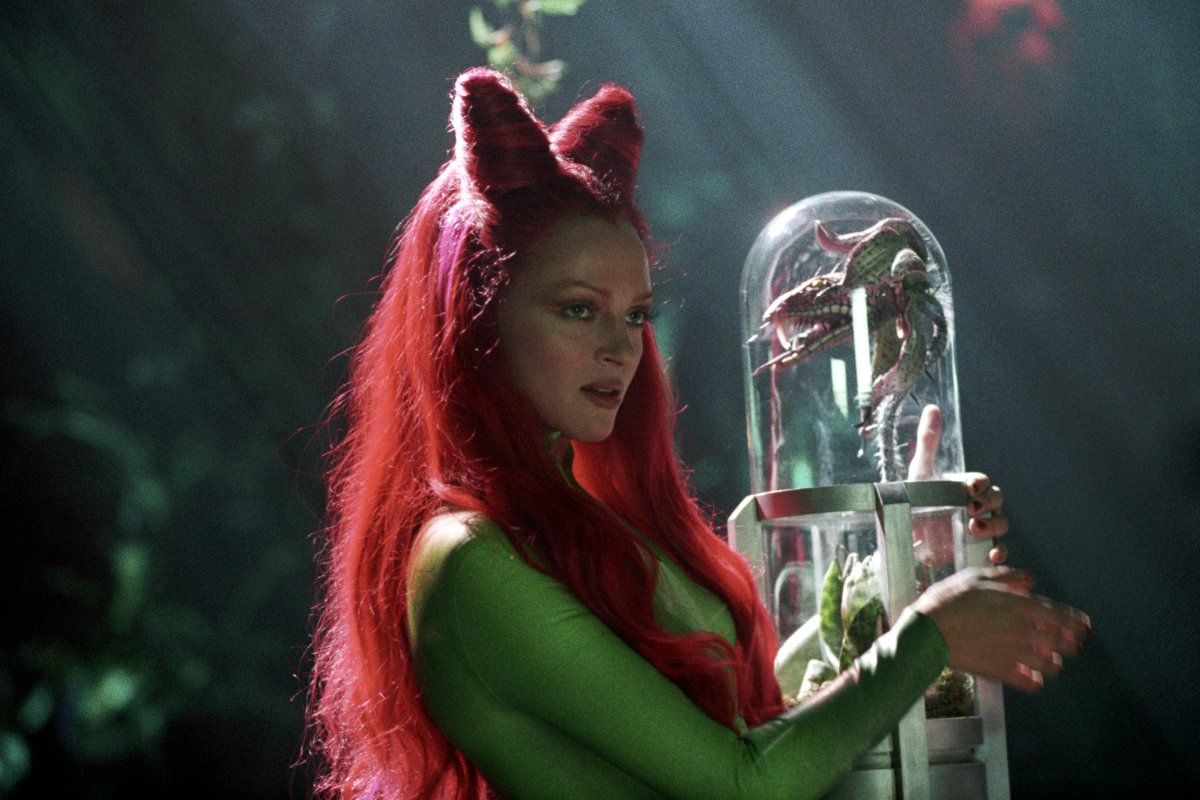The ever-expanding corpus of superhero movies, especially those produced by Marvel Studios and DC Films, seems to be moving toward a single shared aesthetic which pairs comic book-inspired vibrancy with narrative and thematic heft. The seriousness of the story is used to ground the fantastic elements with a sense of realism. Even comedic superhero romps, like Thor: Ragnarok sober themselves through emotionally resonant performances and storylines. Though screen supers inherit the camp legacy established in the Adam West Batman series of the 60s with its impressively bonkers heists, it is rare to find generic examples that continue its heritage. Even if many comic book fans would argue this is the Golden Age of Cinema Superheroes, there does not seem to be much room left for the camp super-fare of previous decades.
One of the campiest superhero films to ever grace the screen is 1997’s Batman & Robin. Notoriously revered as one of the worst films of all time, the film maintains a surprising level of resonance for queer audiences. Anyone doing a quick scroll through an LGBTQ+ meme page is sure to encounter an image taken from the film. While the film’s initial failure was attributed to its campiness, its camp qualities are what allows the film an enduring, queer cult following. One of the primary reasons for the film’s queer-supported stamina is the film’s fabulous super-villainess, Poison Ivy (Uma Thurman). Twenty-five years later, no cinematic supervillain serves as much camp pleasure as Thurman’s leafy seductress.
What qualifies as camp may vary from viewer to viewer, but it typically involves an aura of over-the-top-ness that exceeds the boundaries of what mainstream audiences and critics would consider “serious art.” Campiness is thus often identified through its quality of exaggeration, where content and form do not adhere to realism. In film, this often involves the privileging of spectacle over substance, where the ornamental properties of a film (setting, costuming, color, etc.) are given far more attention than story and dialogue. For some audiences, campiness reads as “bad filmmaking.” For queer audiences, camp is a way of life. As many queer folx live their lives in excess of the boundaries of cultural norms, camp cinema is a reflection of their lived experiences. For this reason, queer camp often plays with the norms of gender and sexuality through aesthetic spectacularization.
Poison Ivy reigns supreme as the icon of camp villainy because every element of her characterization requires the aestheticization of gender. Her campiness appears most visibly through her appearance itself with over-the-top gestures and costuming that theatricalize femininity. Before becoming Poison Ivy, the film introduces the character as Dr. Pamela Isley, a timid, curious lab assistant. She is outfitted in a lab coat, protective gloves, and a bandana, leaving nearly no skin exposed. She is transformed into her alter-ego after an inventory of venoms and toxins are thrown down on her. When she emerges from the poisonous rubble, she is suddenly wearing a two-piece outfit that exposes far more skin than her lab ensemble. As she describes her metamorphosis, she exaggeratedly twirls her hands and saunters through the lab. Thurman further emphasizes Ivy’s hyper-feminine gesturing with a sultry, seductive voice. Ivy’s transformation is dependent on feminizing her appearance, theatrically winking at the performance of gender.
After her villainous makeover, Poison Ivy predominately appears in extravagant costumes that, like the camp aesthetic, privilege fashion over function. When she breaks Mr. Freeze (Arnold Schwarzenegger) out of Arkham Asylum, she saunters into his cell wearing a skin-tight emerald bodysuit, thigh-high green heeled boots, a floor-length cape, and, most strikingly, green evening gloves with red fingertips that give the illusion of painted nails. In addition, she also wears metallic gold eyebrow covers that provide the appearance of angular, lengthened brows. Not one part of her costume serves any functional purpose other than to look fabulous, which she absolutely does. Unlike the other super-costumes in the film that provide some sort of utilitarian purpose. Mr. Freeze’s suit, for example, fuels his weapons. Batman (George Clooney) has an actual utility belt. Ivy’s looks are for look’s sake. The film punctuates this effect by featuring Ivy in a variety of different costumes and hairstyles throughout the film, while the other super-characters repeatedly appear in the same costume.
It is important to note that Poison Ivy does not need functional costuming because of her control of men. Her domination over men is depicted in two ways. First, through her control over her sidekick, Bane (Robert Swenson). Like Ivy, Bane was born in the lab of venom experimentation, where the toxins were used to fuel him with super-strength. Beyond the obvious lack of logic supporting this transformation, Bane’s presence is campified by his appearance of hyper-masculinization. Bane is an overly muscled, near-mute man of zero intelligence. Opposite Ivy, he represents the exaggerated maleness of their camp gender pairing. Though the film never really narratively explains why Bane follows her around (again, camp is not concerned with causal logic), he only exists to serve as the muscle to her brains.
Her power over men is also depicted through her superpowers. One of her primary abilities is the control of a pheromone dust that bends any man’s will to her own. To activate this power, she seductively blows the hot pink dust in flowing gusts around the men near her. They become so intoxicated by her femininity, they do anything she asks. Returning to the breakout sequence, Ivy uses this dust to disarm the prison guards, so they become oblivious to her intentions. Once they are infatuated with her, she even begins a speech about men being “the most absurd of God’s creatures.” Not only does her hyper-feminine power call attention to gender, but her dialogue even asserts Ivy’s self-knowing performance of gender difference.
Ivy ends her speech with the line, “I really am to die for,” and then kisses each of the guards. The venom in her lips is passed to the guards and they both die. Her super abilities are sexualized by her toxic kisses, mocking the alleged dangers of seductive women. Because her kisses kill, her hyper-femininity is rendered as being beyond male control. Her superpowers are aestheticized through the camp sensibility’s mockery of gender and sexuality.
All of Poison Ivy’s camp qualities are on full display in the campiest moment of the entire film, the extended entrance sequence introducing her character to the film’s headlining heroes. Disguised in a fuchsia gorilla suit, Poison Ivy climbs to a high platform overlooking the guests at an elite, jungle-themed social function. She strips off the arms and head of the gorilla and blows her pheromone dust throughout the room. She strips off the remaining suit, revealing a sparkling green leotard. She then performs various poses on top of the platform before falling into the arms of a group of loincloth-clad men. The nearly naked, oiled-up men then form a bridge for her to walk on through the crowd. She literally walks all over them. In this scene, Ivy’s camp appearance and domination are exceedingly visible. Beyond those elements, though, the scene itself is rendered as camp because of its incongruous placement in the film. Though the moment does serve the narrative by introducing Poison Ivy to Batman and Robin (Chris O’Donnell), it is done without bowing to the confines of cinematic realism. Poison Ivy’s fierce entrance is thus the quintessence of the camp pleasures she offers.
There may be other campy supervillains, but there are none who embody the joys of camp as fully as Poison Ivy. Ivy’s camp pleasures reside in her self-aware performance of femininity, which suggests that gender itself is just a performance. Through her exaggerated, spectacularized enactment of hyper-femininity, Ivy makes a farce of gender. Twenty-five years since Batman & Robin’s release, Poison Ivy remains the definitive camp supervillain icon.

